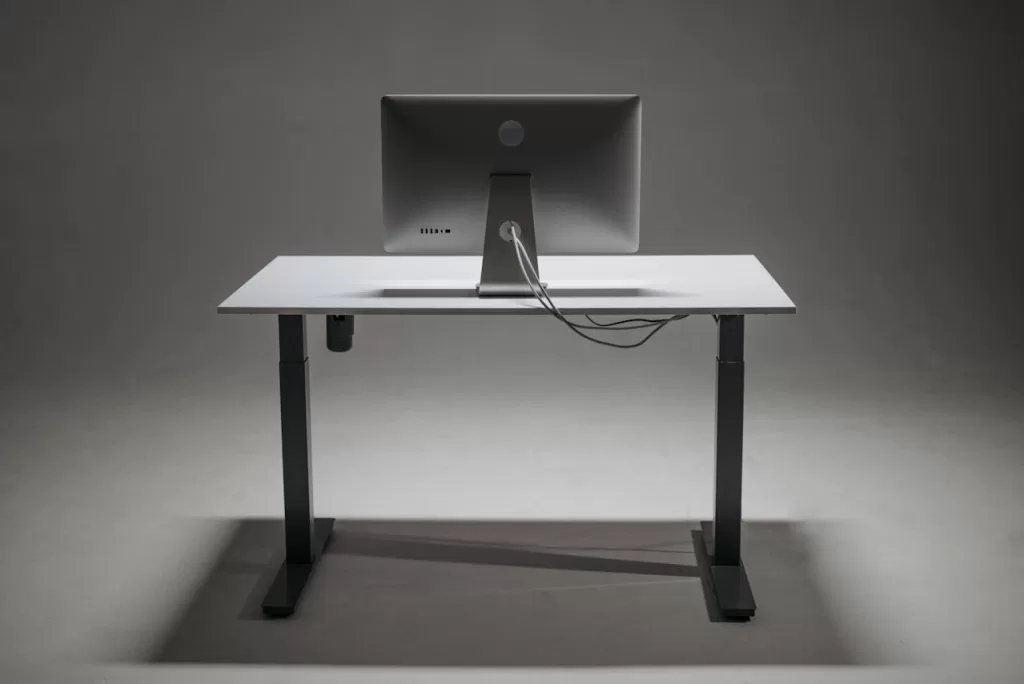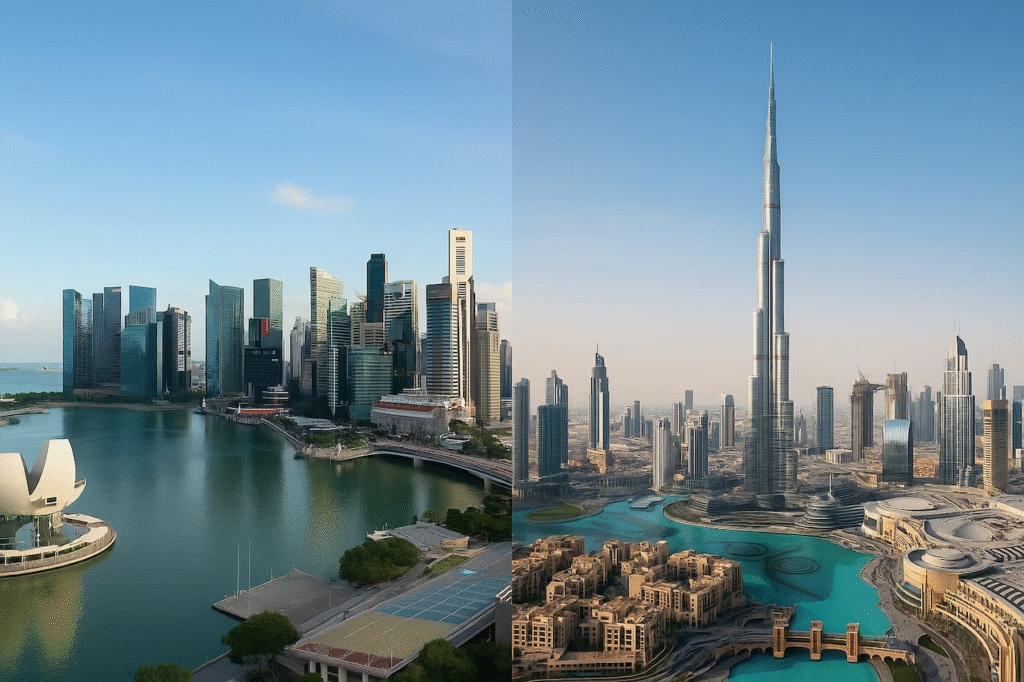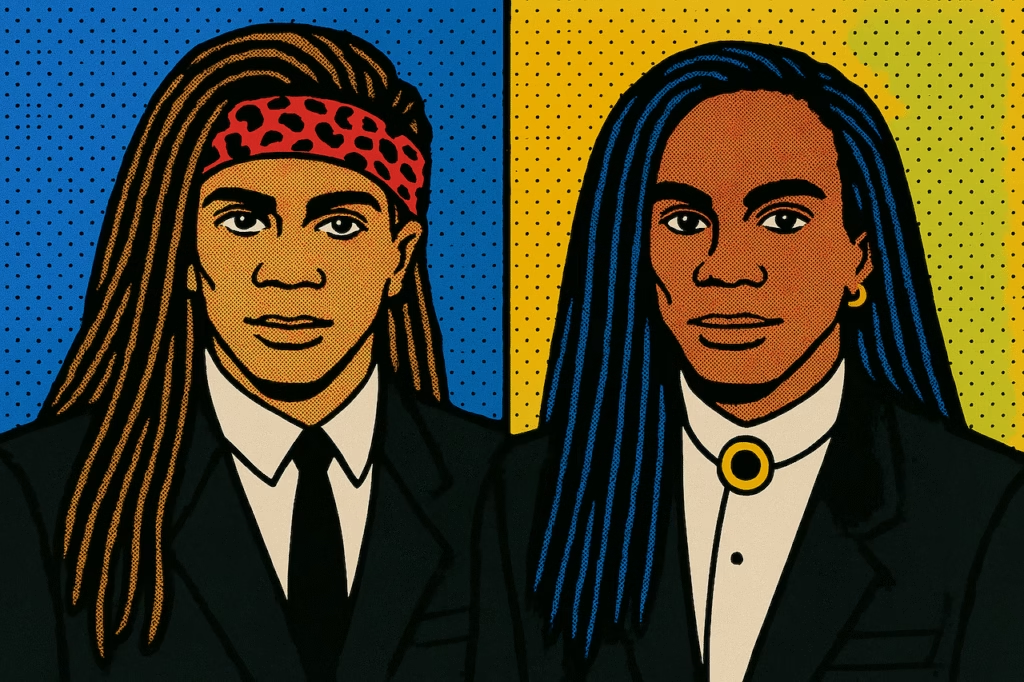The workplace of today is a tapestry woven from diverse generational threads, each contributing unique perspectives, experiences, and approaches to work. From Baby Boomers to Generation Z, understanding these groups is key to fostering collaboration and driving success in multigenerational organisations.
The following explores the defining characteristics of each generation, their workplace preferences, and the challenges and opportunities of managing such diversity.
Baby Boomers (1946–1964)
Baby Boomers grew up during a time of post-war prosperity and social change. Their formative years were marked by economic growth, the civil rights movement, and the advent of television. These experiences shaped a generation that values hard work, loyalty, and stability.

Workplace Characteristics:
- Work Ethic: Boomers are often described as workaholics, driven by the belief that success comes from dedication and long hours.
- Loyalty: Many Boomers tend to stay with one employer for long periods, valuing job security and career progression within the same organisation.
- Communication Style: They prefer face-to-face meetings and formal communication channels, reflecting their professional upbringing in hierarchical workplaces.
Challenges: As they near retirement, Boomers may face challenges adapting to rapid technological change and less structured work environments. Employers need to provide training and support to ensure their valuable expertise isn’t lost.
Generation X (1965–1980)
Often referred to as the “latchkey generation,” Generation X grew up during an era of rising divorce rates and dual-income households. They were shaped by economic recessions, the rise of personal computing, and a shift towards individualism.

Workplace Characteristics:
- Independence: Generation X values autonomy and is comfortable taking initiative without constant supervision.
- Work-Life Balance: Unlike their predecessors, Gen X prioritises achieving a balance between their professional and personal lives.
- Adaptability: Having witnessed economic instability, they are resourceful and resilient, adapting well to change.
Challenges: Gen X often finds itself sandwiched between Boomers and Millennials in the workplace. This generational balancing act can create pressures, particularly as they assume leadership roles while managing expectations from both older and younger colleagues.
Millennials (1981–1996)
Millennials, or Generation Y, came of age during the digital revolution. They are the first generation to grow up with the internet, mobile phones, and social media, profoundly shaping their worldview and work habits.

Workplace Characteristics:
- Tech-Savvy: Digital natives, Millennials seamlessly integrate technology into their work.
- Purpose-Driven: This generation seeks meaning in their work, gravitating towards organisations with strong values and social responsibility.
- Collaboration: Millennials thrive in team-oriented environments and value open communication.
Challenges: Millennials are often criticised for job-hopping, with some perceiving this as a lack of loyalty. However, this tendency reflects their pursuit of growth and opportunities rather than stagnation. Employers must focus on providing clear career paths and professional development to retain Millennial talent.
Generation Z (1997–2012)
The youngest cohort in the workplace, Generation Z, is entering at a time of unprecedented technological advancement and global challenges such as climate change and the COVID-19 pandemic. These digital natives are shaping the future of work with their fresh perspectives.

Workplace Characteristics:
- Digital Fluency: Gen Z is accustomed to instant access to information and expects organisations to leverage cutting-edge technologies.
- Diversity and Inclusion: This generation values authenticity, equity, and representation, both in workplace culture and organisational practices.
- Entrepreneurial Spirit: Many Gen Z workers aspire to entrepreneurship or seek roles where they can innovate and take ownership.
Challenges: Gen Z often faces criticism for prioritising work-life balance over traditional notions of work ethic. Employers must adapt by offering flexible working arrangements and fostering environments that prioritise mental health and well-being.
Managing Multigenerational Workplaces
The presence of multiple generations in the workplace presents both challenges and opportunities. Understanding these differences is essential for cultivating a cohesive and productive environment.
1. Bridging Communication Gaps Each generation has its preferred communication style. For example, while Boomers may favour formal meetings, Gen Z leans towards instant messaging and collaborative platforms. Employers should implement a variety of communication tools to cater to these preferences.
2. Emphasising Mentorship Cross-generational mentorship programmes can be mutually beneficial. Boomers and Gen X can share their experience and institutional knowledge, while Millennials and Gen Z can offer insights into emerging technologies and trends.
3. Customising Benefits Different generations value different workplace benefits. For example, Millennials might prioritise student loan repayment assistance, while Boomers may prefer robust retirement plans. Offering a flexible benefits package can help meet these varied needs.
4. Promoting Inclusion Creating a culture that values diversity and inclusion extends beyond gender and ethnicity to include generational diversity. Organisations must ensure that all voices are heard and respected, regardless of age.
Opportunities in Generational Diversity
A multigenerational workplace is a powerful asset. The combination of experience, adaptability, innovation, and fresh perspectives can drive creativity and innovation.
For example:
- Boomers and Gen X bring stability and institutional knowledge to organisations.
- Millennials push for sustainability and corporate social responsibility.
- Gen Z challenges traditional norms and introduces forward-thinking ideas.
Harnessing this diversity requires proactive leadership and a willingness to adapt organisational practices.
In Summary
Understanding and valuing generational differences is no longer optional in today’s workplace. From Boomers to Gen Z, each generation brings distinct strengths and expectations that, when aligned, can propel organisations to new heights. By fostering an environment of mutual respect, collaboration, and adaptability, businesses can leverage the best of all worlds, creating workplaces that are inclusive, innovative, and equipped for the future.
![The [RE]Search Co.](https://re-search.co/wp-content/uploads/2025/02/The-RE-Search-Co-Orange_Grey-png-350x51.avif)












